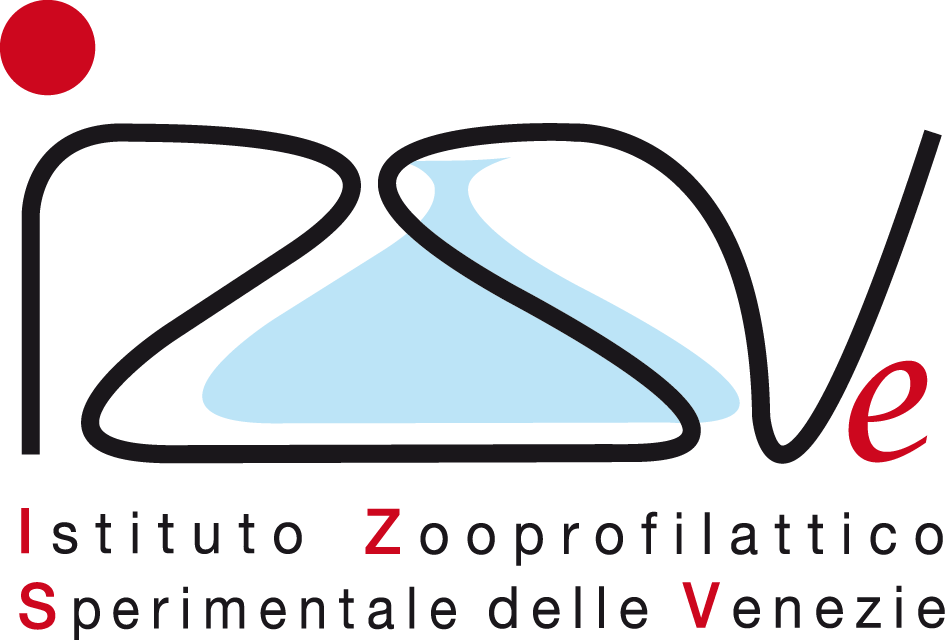Free of charge |
Knowledge required |
English |
Course description
With the “The Use of GIS in animal disease response” course we intend to present an empirical approach to implement a GIS project to capture, manage and analyse spatial data relate to disease events. In particular, this course provides an introduction to QGIS (Quantum GIS – http://www.qgis.org/it/site/ – an Open Source GIS software for viewing, editing, and managing spatial data), a practical training on a specific QGIS plug-in designed specifically to manage spatial data relate to disease events, the essential elements to planning a GIS project, and the relevant information and tools to develop a spatial data exploratory analysis.
Starting with the idea that the transfer of GIS technologies must be affordable by the end user, the use of Open Source software – supported by user-friendly training materials – will improve the longterm sustainability of the GIS project implementation. Ideally, end users should be able to continue to collect spatial data, analyse data and produce summary maps for an animal disease response, after the end of the course.
Learning Outcomes
- The student will demonstrate proficiency in the functions of geospatial software, including capture of geographical and disease event data, editing and data management.
- The student will demonstrate proficiency in map creation and design principles, including thematic map display and cartographic design for decision support systems.
- The student will be able to run geoprocessing tools and develop exploratory spatial data analysis.
Prerequisites
Basic computer skills and knowledge on Microsoft Windows software are required.
Course Language
English.
Who Should Attend
This course is designed for:
- State or departmental veterinary service technicians with minimum or no knowledge and experiences in GIS. Technicians who want to use GIS technology for eradication and control of animal diseases activities, these include the controlled area delineation and reporting, digitization of surveillance zones, production of summary maps, identifying immediate neighbors and farms within a given distance.
- Veterinary service technicians, university researchers, technicians, statisticians who already work with database and want to explore operational activities during capture, management and analysis of data for their own research, for a local data analysis, for an integration of geographical data with statistical analysis.
Methods
- Distance learning.
- QGIS: Open Source GIS software for viewing, editing, and managing spatial data in a wide variety of commonly used vector and raster formats. QGIS (qgis.org) is a cross-platform free and opensource desktop geographic information system (GIS) application.
- A plug-in developed in particular for veterinary.
- Data Base open source.
Constraints
Internet connection. The course deals only with domestic animal diseases


